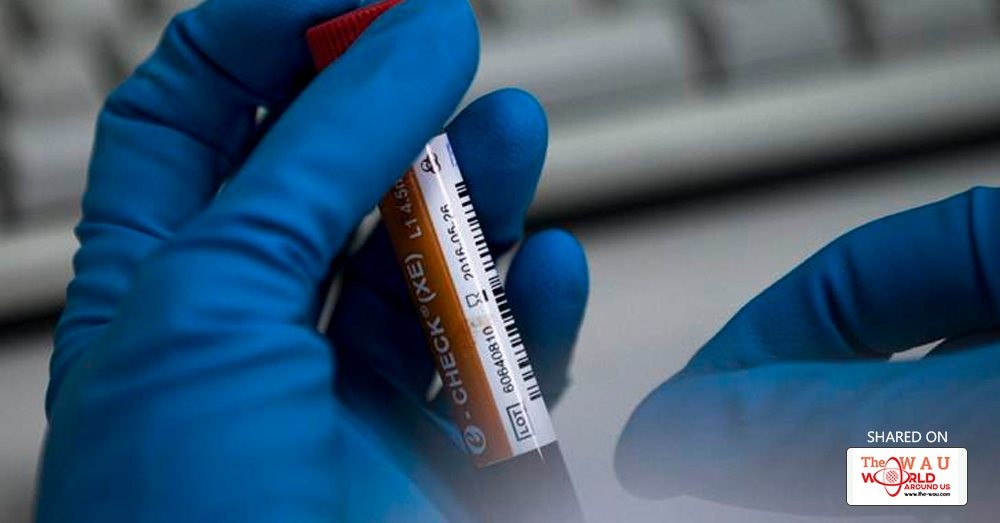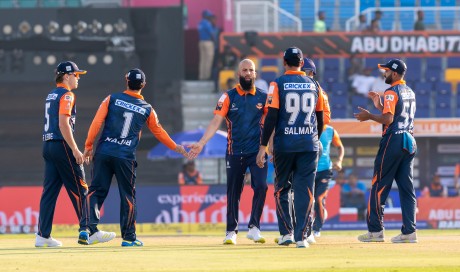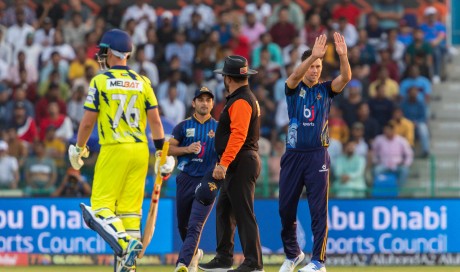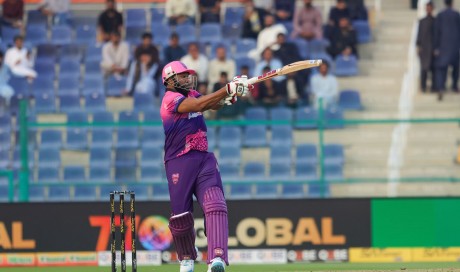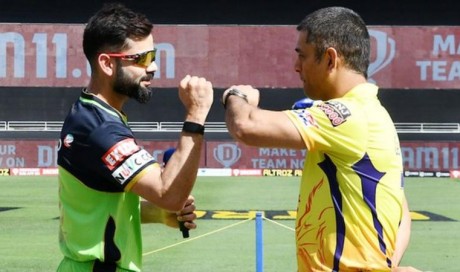Andre Russell faces a year-long ban because an independent commission in Jamaica took action for three violations of the whereabouts clause in 2015.
Why cricket could have a drug problem?
To see how cricket has changed, you just need to look at the final four deliveries of last year’s World T20. We all still remember the name Carlos Brathwaite and his mighty sixes rather vividly. It was a brazen advertisement for brute power. Cricket had transformed into a power-game a decade ago with the advent of T20 cricket. But all along it was the equipment that seemed to be getting juiced up. The bats got bigger, the boundaries got shorter and as a result the balls traveled further. But in the world of franchise cricket, the demand is for the likes of Brathwaite and Andre Russell, cricketers who can hit the ball over 90 metres, bowl at 90 mph and cover spaces in the outfield at the same breakneck speed.
Just as baseball, a drugs-riddled sport, where a game can be won with a home-run, T20 cricket is based on explosiveness. The stakes are high and the money is massive and temptations to seek external help apart from the inherent skillsets is huge.
Why would it be tough to monitor?
The franchise format also throws up mercenaries who have no affiliation with their national boards and are paid millions of dollars to show up for a couple of 20-over matches and make a difference. They have nothing to lose. In another sense, though, they have everything to gain by making an explosive impact. In other sports, the temptation to use performance-enhancing drugs is more among those who languish on the periphery or someone carrying a long-term injury. In cricket too those are valid reasons but it’s also about sustaning yourself through the year by remaining fit to play in different leagues across the world.
By their very nature, the mercenaries can’t be brought under the scanner or monitored constantly by the ICC. Moreover, many of the lower-profile T20 leagues aren’t the most prudent when it comes to testing their players.
How do modern-day cricketers sustain themselves without breaking the law?
The days where a cricketer’s ‘two-litre consumption of milk’ would be mythologized as being the secret of his strength and fitness are long gone. We live in the age of protein-shakes and protein-bars.
Cricketers spend more time in gyms now than ever before. The body-types have changed drastically and the modern-day jerseys don’t give you any breathing or hiding space either. So if you aren’t naturally-gifted like Brathwaite or Russell, you try your best to get as close to Virat Kohli.
And even when it comes to nutrition supplements, the demands are a lot more specific these days. Earlier the products that would be sought were mainly to do with hydration, basically to keep the player in good shape for the entire duration of the day’s play. But though we are yet to see an official line of IPL or T20 based nutrition supplements, the day doesn’t seem too far.
Already teams and individual players alike use a variety of supplements catering to specific facets from power-building to recovery to injury management. Not to forget the hectic travel.
To the extent that players are armed with nutrition bars so that they don’t have to depend on airline or airport food while traveling. But what do you do when even all the shakes and supplements don’t provide you with that X-factor they so desperately seek? Steroids only seem the next logical step.
How is the ICC trying to police it?
The ICC have realized that the normal-day practice of random in-competition testing with urine samples isn’t prudent enough in the present scenario. While cricket is WADA-compliant it doesn’t follow the code holistically. The whereabouts clause in particular is followed rather flexibly where in every six months the top-five batsmen and bowlers from the top-eight nations along with the wicket-keeper from each team who’s played the most matches in that period need to provide their whereabouts.
But again it’s left to the national boards. Andre Russell faces a year-long ban because an independent commission in Jamaica took action for three violations of the whereabouts clause in 2015—he basically didn’t disclose his location.
In India, players are tested only when there’s a match or tournament on. So there’s no way of policing what a player may or may not be consuming or injecting during the off-season. But the fact that the ICC is very keen on introducing new procedures like blood-testing and biological passports for players is indicative of how they too think cricket stands on the cusp of inherting a doping problem. If they don’t put their foot down and draw first blood instead.
Share This Post

